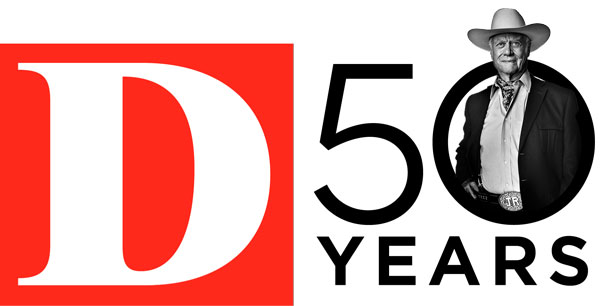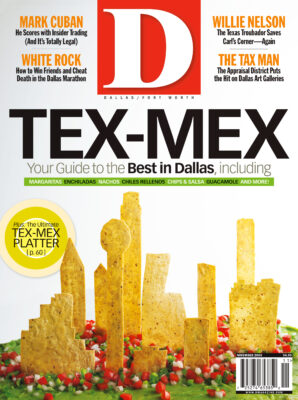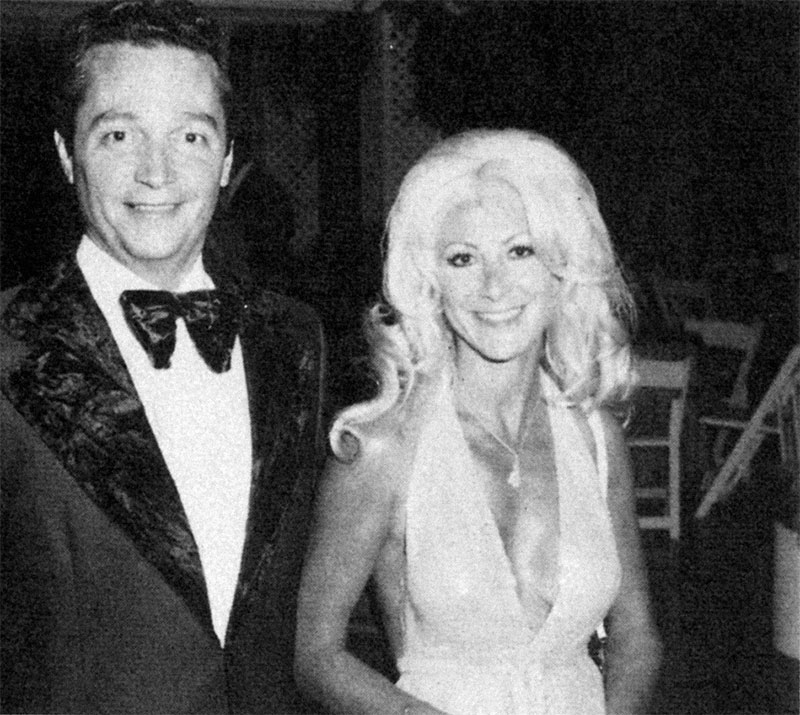Here’s the basic syllogism behind Dallas’ record $1.35 billion bond proposal that goes to the voters November 7: public investments require taxes. Public investments by a city in its infrastructure stimulate private investment. Private investment creates economic activity that increases business tax revenue and reduces residential taxes.
In 1996 the leading expert on real estate investment, Anthony Downs of the Brookings Institution, came to town to talk about the Dallas economy. I asked him—and it was an urgent question for the publisher of a then-struggling city magazine—when we would be able to tell that Dallas had come out of its slump. We were in my car riding down the Tollway, and he said I’d know Dallas was back on its feet when I could count seven cranes on the Tollway between downtown and Plano.
Today there are 19 cranes operating in downtown Dallas alone. By one count, $8 billion worth of construction is now underway. Land prices around downtown and along the Trinity River have more than tripled in three years, and much of that activity can be directly tied to the voters’ decision in 1998 to back the Trinity River development with $246 million in bonds, tied to a $900 million investment by the federal government. Our investment has made the city an attractive place to live, and, as a result, our tax base has grown, enabling the City Council recently to give us a modest tax cut—while increasing spending on public safety.
Let’s look at some specific examples of how public investment has paid off for Dallas.
State-Thomas. Known to the rest of us as the original Uptown area, it is now home to approximately 3,800 residents living in 2,500 townhomes and apartments. In 1989, there was nothing there. That’s when the city formed its first tax-increment financing district and invested $20.7 million in infrastructure. Since then, private investment has totaled $321 million, and property values have risen 681 percent.
Pinnacle Park. When I wrote about Pinnacle Park in 1997, it was a wasteland of 880 acres four miles from downtown. I urged that Dallas seize the opportunity and spend tax money to build an exit off I-30 (you couldn’t get there from here) and invest in infrastructure. Since then the city has spent $36 million. Today Pinnacle Park hosts 667,000 square feet of retail/restaurant, 100,000 square feet of office, and 5.7 million square feet of industrial and distribution space—a total of $300 million in private investment and a bonanza for the city’s coffers.
American Airlines Center. Laura Miller still thinks—she was quoted last month—that the arena was a mistake. What planet is she on? Through 2018 the total public investment will reach $185.3 million, including our share of the arena itself. So far the Victory developers, led by Ross Perot Jr., have invested $725 million, and by the time the tax district expires in 12 years, the partnership will likely invest a lot more. This is a huge success for Dallas taxpayers. (And I’m not even counting the sales tax revenue from all those Mavericks jerseys and Stars sweaters.)
The bond proposal is good business. Dallas is getting excellent returns on its investments in basic infrastructure. In the immortal words of R.L. Thornton, we should “keep the dirt flying.”





